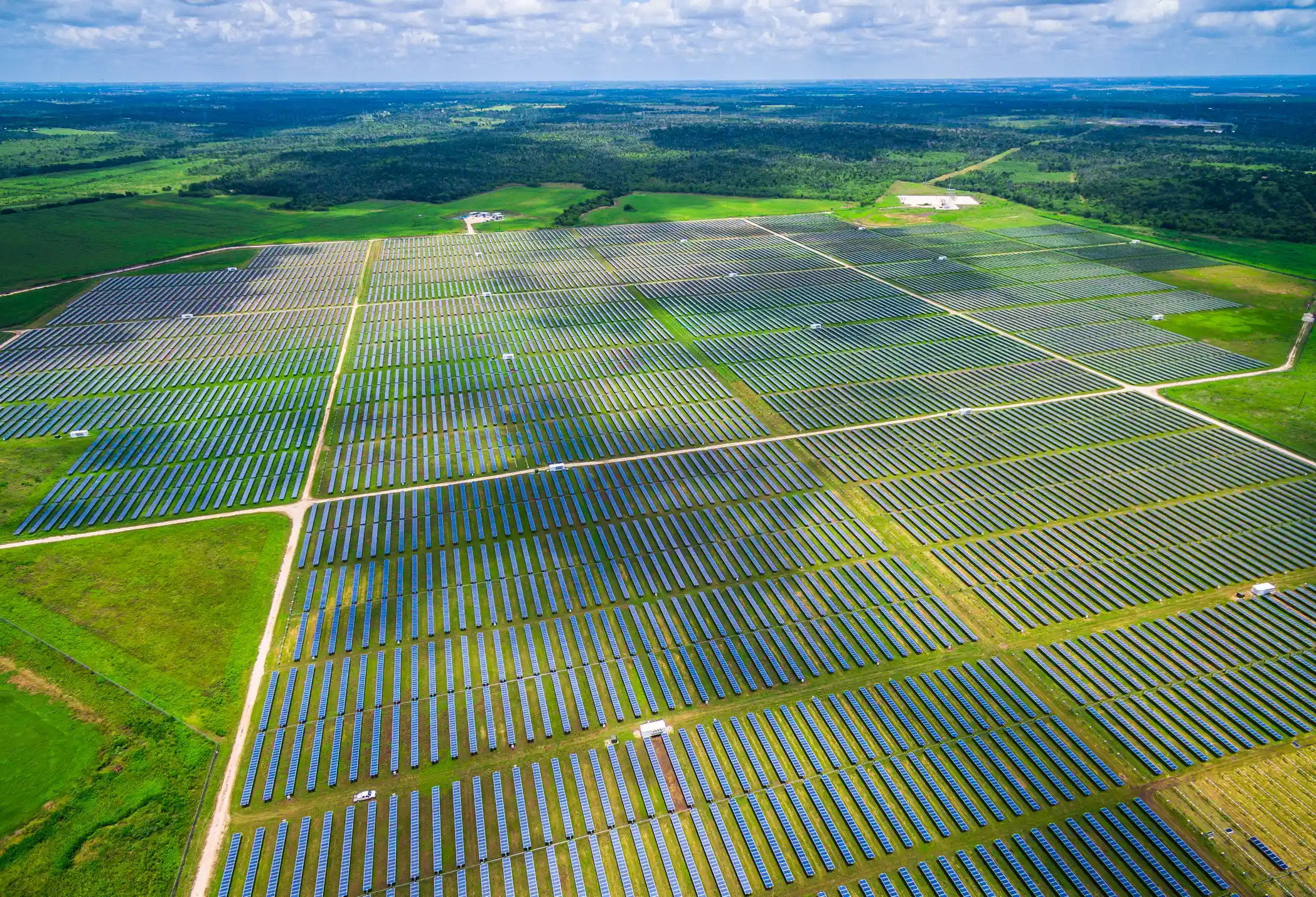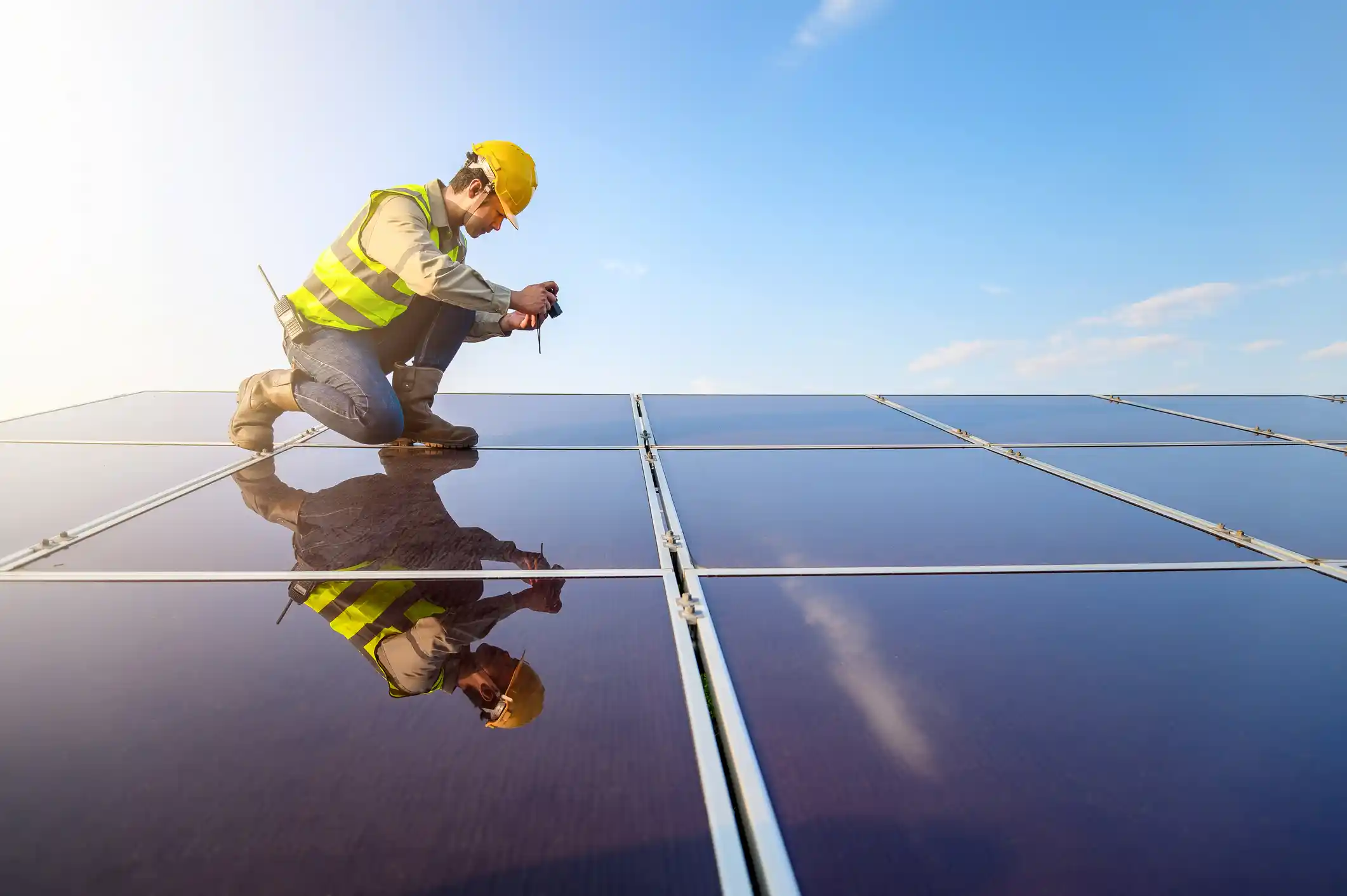POSTED
December 18, 2024
Empowering Everyday Environmentalists: How Solar Investments Can Make a Difference
Solar energy is reshaping how we power our lives, offering a cleaner and more sustainable path forward. Investing in this transformation isn't just for the very wealthy or large institutional investors. Everyday investors also have the power to drive this change. Investing in solar energy goes beyond financial gain. It offers a direct way to support renewable resources, combat climate change, and stimulate growth in local communities.

If you care deeply about the environment, this is a meaningful way to align your investments with your values. In this article, we’ll look at how investing in solar farms can contribute to environmental goals, foster community development, and make a real difference.
The Environmental Benefits of Solar Energy
Unlike fossil fuels, which pollute the environment and strain natural resources, solar power has a much lower environmental impact.
Reducing Greenhouse Gas Emissions

A key environmental benefit of solar energy is its ability to reduce greenhouse gases, particularly carbon dioxide (CO₂). Replacing fossil fuel energy generation with utility-scale solar installations can save around 385,000 to 436,000 pounds of CO₂ per acre annually. By 2050, renewable power sources like solar could decarbonize 90 percent of the power sector, substantially reducing the effects of climate change.
Promoting Sustainable Land Use
Solar farms can boost biodiversity by adopting pollinator-friendly practices. Planting native flora and wildflowers around solar panels creates habitats for bees and other pollinators, supporting local ecosystems and agricultural health.
Agrivoltaics: Combining Solar Energy and Agriculture
Agrivoltaics is an innovative approach that combines solar energy production with farming, allowing land to serve dual purposes. This method optimizes land use and maintains agricultural productivity, benefiting energy generation and food production.
Solar Farms and Local Communities: Real Impact Beyond Energy
Beyond environmental benefits, solar farms invigorate local economies by creating jobs and enhancing community stability.
Creating Green Jobs

The construction phase of a large solar farm can create hundreds of jobs over several months or even years. These positions bolster the renewable energy sector and provide valuable employment opportunities within local communities.
Developing Infrastructure
Often, building utility-scale solar farms necessitates upgrades to local infrastructure like roads and electrical grids. These improvements can lead to a more resilient energy system for host communities, increasing overall quality of life.
Stimulating Local Economies
Communities may see increased spending from workers involved in the construction and maintenance of solar farms. Additionally, these projects can generate more tax revenue for local governments through higher property taxes, sales taxes, and income taxes, funding essential public services.
Long-Term Stability and Growing Demand for Renewable Energy
The demand for renewable energy has surged in recent years, driven by greater awareness of environmental issues and policies aimed at reducing greenhouse gas emissions.
Growth of the Solar Energy Market
The solar energy market has grown rapidly over the past decade and is expected to continue to grow. In 2023, global installations of utility-scale solar farms reached 440 gigawatts (GW), with projections increasing to 560 GW by 2027. Over the next five years, the International Energy Agency (IEA) anticipates that renewable power capacity additions will keep rising, with solar and wind power making up 96% of new capacity.
Favorable Legislation
Government policies are bolstering the growth of solar energy. The Inflation Reduction Act (IRA) extends the Solar Investment Tax Credit at 30% for projects starting construction by the end of 2032. The Production Tax Credit (PTC) under the IRA offers a base rate of $0.0275 per kilowatt-hour (kWh) for electricity produced from qualified solar facilities. These incentives make investing in solar energy more attractive and financially feasible.
Decreasing Reliance on Fossil Fuels
As the demand for clean energy grows, increasing reliance on solar power reduces dependence on limited fossil resources. This shift lessens pollution and diversifies energy sources, enhancing energy security by decreasing reliance on imported fuels. A varied energy portfolio creates a more resilient system, reducing the risk of shortages or blackouts associated with dependence on a single resource.
How Shasta Power Empowers Everyday Environmentalists
Shasta Power focuses on acquiring and developing utility-grade solar farms, primarily funded through private investments. Our process starts with identifying suitable land for solar projects, involving thorough assessments of solar exposure, grid connectivity, and environmental impact. We then acquire or lease the land and oversee the permitting, engineering, and construction to develop solar farms.
A central part of Shasta Power’s mission is to make impact investing more accessible. Unlike traditional energy funds that often limit participation, Shasta Power welcomes investors who seek returns beyond financial gain, aligning their capital with social and environmental goals. This inclusive approach allows more people to engage in renewable energy initiatives, fostering a collective commitment to reducing carbon emissions and promoting sustainable energy. Shasta Power emphasizes transparency, providing clear information about project impact, finances, and operations.
Shasta Power Fund
Shasta’s Power Fund typically aims for an internal rate of return (IRR) exceeding 20% over the fund’s lifespan. We also simplify the investment process. Contact us to create an account, verify your eligibility, sign the subscription agreement, and wire your investment. Our new SPF II fund is expected to open in early 2025.
Investing in solar energy with Shasta Power offers a meaningful way to contribute to a cleaner, sustainable future. Solar energy reduces carbon emissions, promotes renewable resources, and generates local jobs and economic opportunities. By choosing solar investments, you can see your money make a real difference, benefiting both the planet and the communities where solar farms operate.
At Shasta Power, we help investors make a positive environmental and social impact. Visit our investment information page to learn more about our solar projects and investment opportunities.





